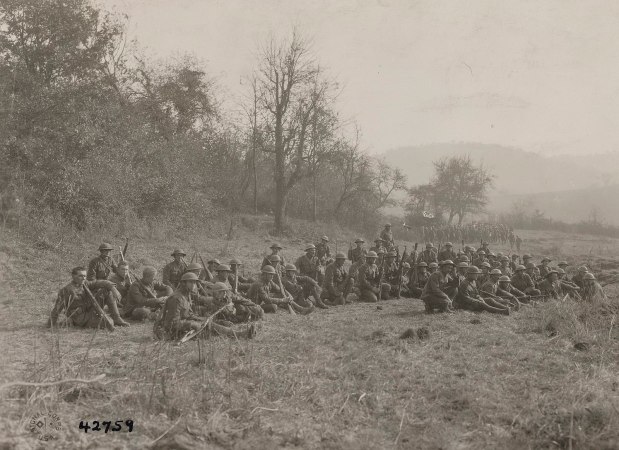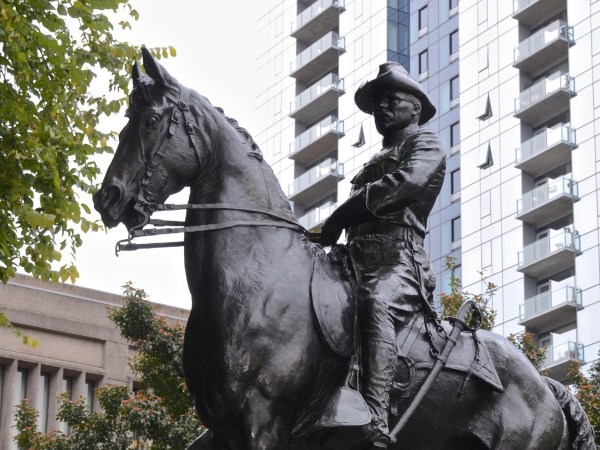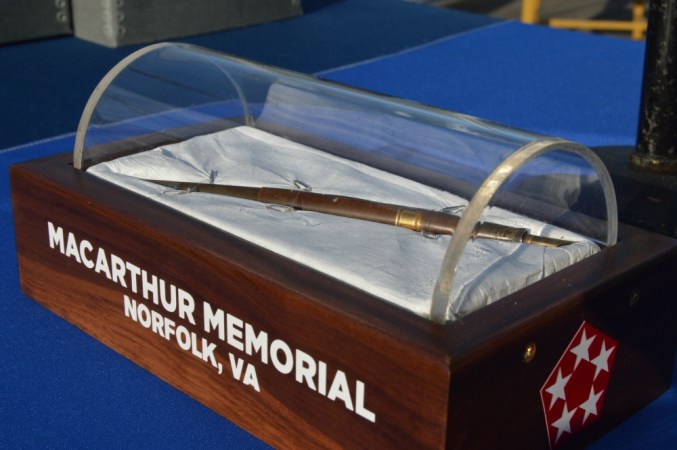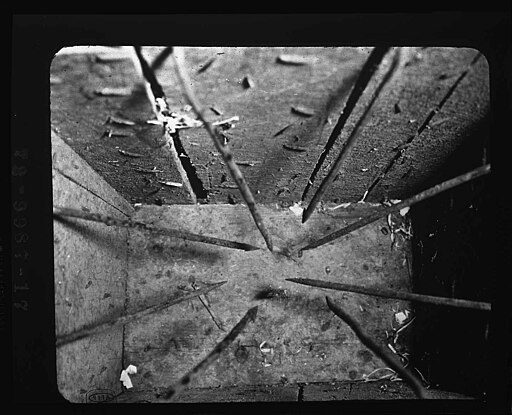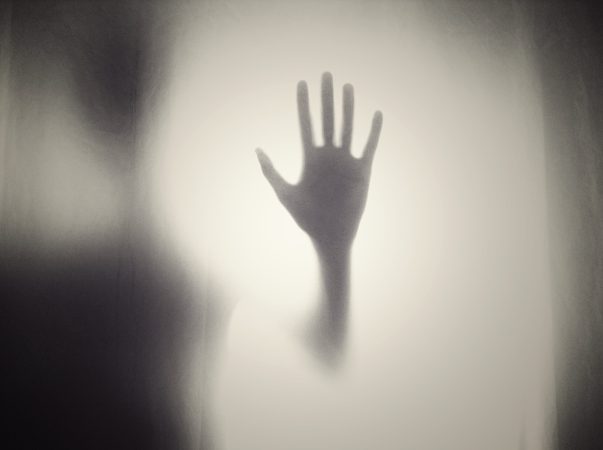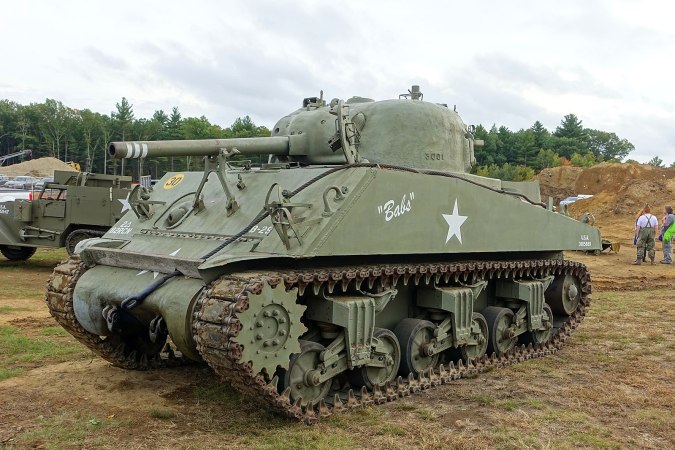War, like math, is a universal language shared by every strata of civilization. Warriors from all cultures have, in one form or another, prepared themselves physically and mentally for the task at hand using rituals. More often than not, stepping onto the battlefield meant risking bodily death.
With the end of natural life so near, many warriors would confer with the divine, looking for their blessing to carry them to victory. Some conjured animal spirits to lend them their strength while others requested that deities guide their blades.
These are the rituals that prepared the champions of various cultures to meet their fate.

(Knut Stjerna)
Berserkers used mind-altering drugs to induce rage
The berserker was an elite Norse warrior that used pure rage to find success in battle. To achieve the status of a berserker, one had to live in the wilderness and become possessed by one of three animals, from which they’d conjure strength: the bear, the boar, or the wolf. The warrior then had to drink the blood of the chosen animal and wear its pelt when summoning its strength in battle.
But it wasn’t all possessions and summonings. Historians theorize that berserkers would eat Amanita muscaria (a hallucinogenic mushroom) and rub henbane leaves onto the skin (which causes a numbing sensation) to better endure pain in battle. Copious amounts of alcohol combined with mind-altering chemicals would send these warriors into a rage, effectively summoning severe aggression on demand.

Original maori haka dance
Maori tribes used an intimidating dance
The Maori tribes developed a war cry dance to intimidate the enemy at the outset of battle and to inspire their warriors into a frenzy. They, like many other cultures, called upon the God of War using a ritual dance called the perperu haka when a fight was imminent.
Over time, the haka evolved into several distinct versions, each used in a specific ceremony. There are hakas for national events in New Zealand, weddings, funerals, and special guests. Each dance has a cultural significance and a rich history woven into the choreography.

(Ugo Bardi)
The Greeks used sacrifices to predict the outcome of battles
The ancient Greeks did not take superstition lightly and often sought the guidance and protection of their Gods before battle. Before the Battle of Plataea, which took place near Boeotia, Greece, in 479 B.C., both the Armies of Xerxes I and the Greek alliance consorted with their respective seers to determine the outcome of the battle. Each offered ritual sacrifices to their Gods, looking for the signal of imminent victory. The sacrifices revealed omens that defeat belonged to whichever side initiated combat.
After days of indecision, the Persian general Mardonius decided that he had waited long enough and attacked. He lost.

Kamikaze pilots drank magical sake
The term ‘Kamikaze‘ comes from the Mongols’ failed invasion of Japan in 1281. A typhoon completely destroyed the invaders and became known as the Divine Wind, or the Kamikaze, that saved Japan. The victory at the Battle of Midway by the U.S. Pacific Fleet in 1942 forced Vice Admiral Takashiro of the Japanese First Air Fleet to use suicidal pilots to inflict damage upon U.S. vessels.
The Kamikaze was a call to action that drew university students from all walks of life. The ceremony these pilots would undertake before flying their last consisted of drinking sake ‘infused’ with magic to provide ‘spiritual lifting.’ They were thanked by their officers and boarded their planes with 550-pound bombs. Out of approximately 2,800 Kamikaze pilots, 14% of Kamikaze hit U.S. ships and only 8.5% managed to sink them.
Some African tribes still practice scarification
To this day, tribes in Ethiopia engage in ceremonial stick duels between 20 or more young men of rival villages to earn respect from their families and community. Before a duel takes place, a witch doctor will bless the fighters with sacred leaves and cut patterns into their skin with razors. These patterns serve as a supernatural defense against serious harm. In most cases, these duels aren’t usually deadly — ‘usually’ being the operative word.
The cutting ritual, also known as scarification, is a lengthy and painful pre-battle requirement. Showing courage during this process also grants the young man the right to marry a wife. If a fighter cannot bear the pain of scarification, he will not be seen as worthy to bear the responsibilities of marriage.
There are videos out there for the strong-stomached, but we’ll not be providing one.



